Sensorial curriculum: 3-6 years
When we see something new in a shop, we are not just satisfied by looking at it alone, we need to touch it, feel it, or even smell it. This is how we know for sure that it is exactly what we want. We use a few of our senses together to better understand what the item is.
A young child, from only a few months old, enters a period of sensitivity for refinement of the senses. This will be at its strongest point when the child is around three years old. Over this time the child will be highly focussed and driven toward activities that will offer sensorial experiences.
Maria Montessori divided the sensorial curriculum into the five basic senses: Visual sense (vision), Tactile sense (touch), Gustatory sense (taste), Olfactory sense (smell) and Auditory sense (hearing).
And a few Complex senses: Baric sense (weight), Thermic sense (feeling temperature), Stereognostic sense (visualising form), and Muscular sense (muscular memory). This is how you will find the lesson divided up into these areas.
While a child is developing, we offer activities that isolate one sense at a time. These activities are given to the child at a time when the child shows interest towards explore and refining that particular sense. It is very important that these impressions are organised in the child's mind as this will lead to building an abstract mind and the way we think.
Here is an example of how an activity would work to isolate one sense. If the material is for working with the auditory sense, it will isolate sound. This is done through 2 sets of six cylinders that all look exactly the same, (one set has red tops and one has blue tops) but when they are shaken the sound is different; going from loud to soft.
After the child has experienced these sounds which gradually become softer, from this experience the child will have more understanding of sound. This will also help them to discriminate and classify.
Once the child has a good knowledge of the materials, then you can offer some exercise and games to play. This helps to connect the information and knowledge back to the environment, giving them a richer enjoyment of life.
As I always say in every lesson/activity you must look at the aim. As that is the message you want to silently give to the child. The sensorial materials have many aims that are offered to the child at the same time, some of which are easier to see than others.
“We do not explain anything to the child of this age, we only offer them these objects, which represent in a material fashion, the differences in dimensions. By handling these objects and by observing them, these differences are perceived sensorially by the child, and not by description.”
Creative development in the child, Maria Montessori.
Three Period Lesson Generic sample
The three-period lesson is a way to learn vocabulary and concepts that coincides with the way the brain learns.












